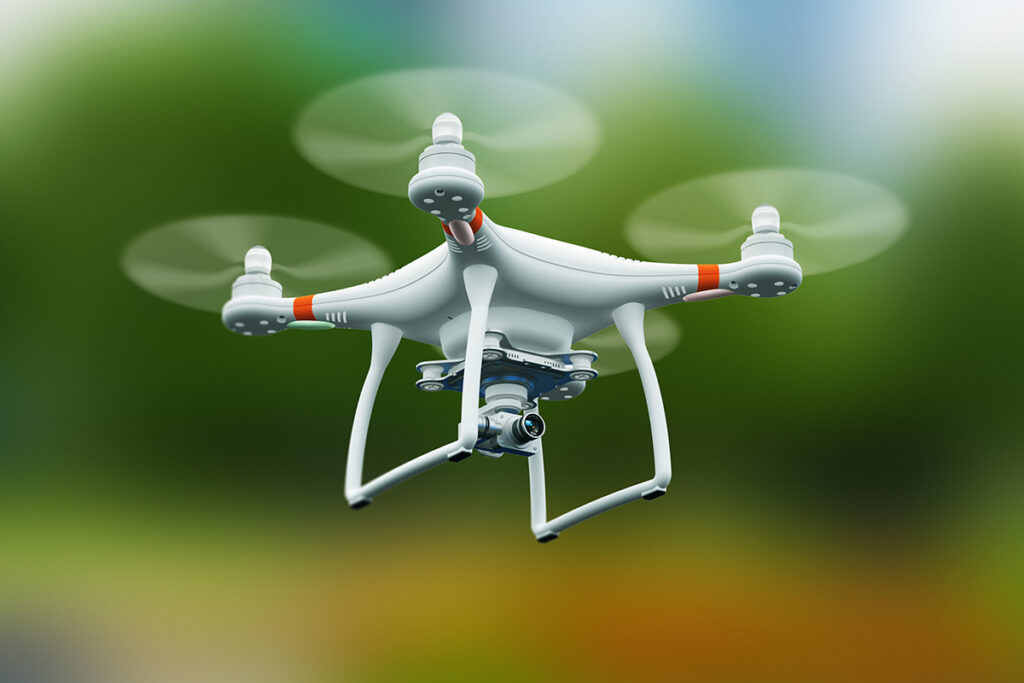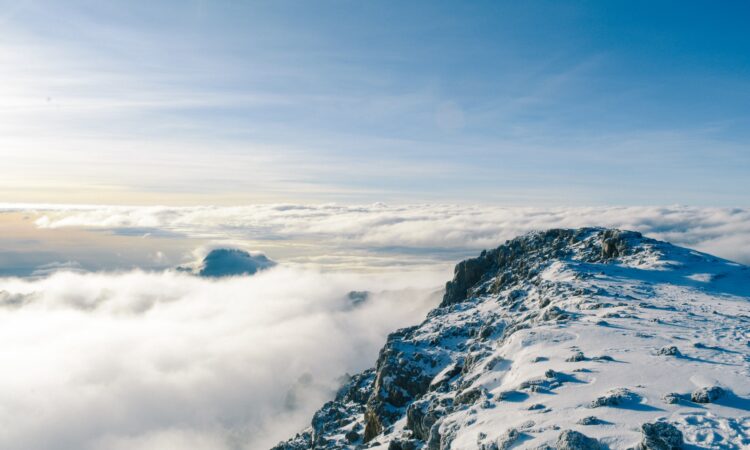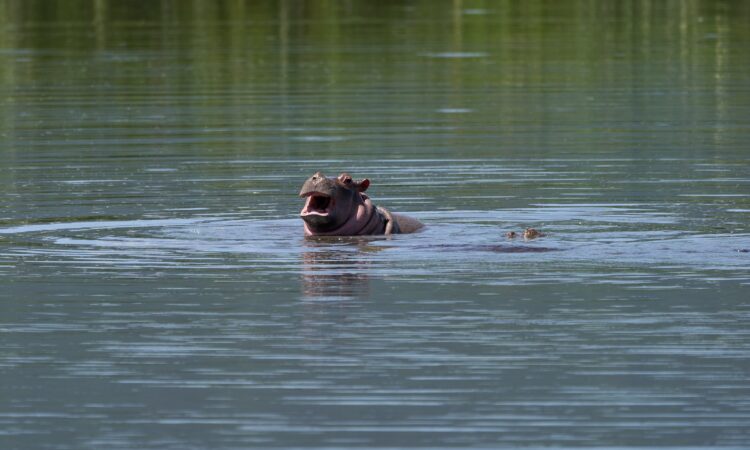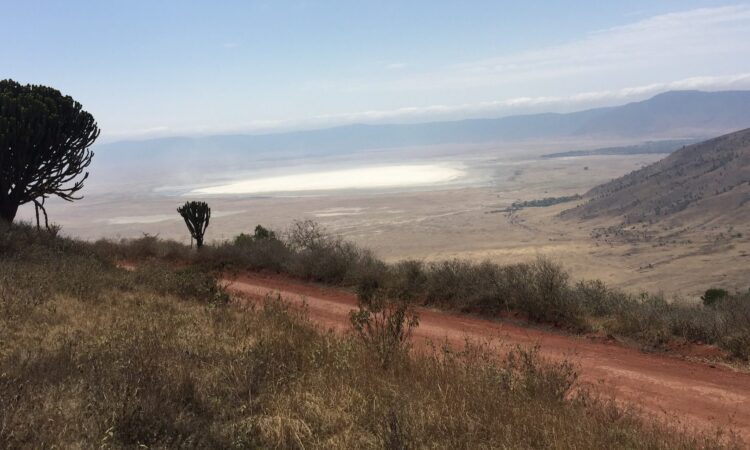Want to know the rules and regulations about the usage of drones in Ngorongoro Conservation Area?
There are very strict regulation on the use of drones in Ngorongoro and Tanzania. Drones above the weight of 7 Kilograms are prohibited.
To use a drone, you will need to get clearance from the TCAA which is the regulatory authority in Tanzania.
If you are not a national of Tanzania, you will need an extra permit from the Ministry of the Tanzanian defense.
You will also need a permit from the Tanzania filming board.

There is also need to prove that you can fly a drone. There need to take safety concerns in regards to the wildlife.
Please note that Ngorongoro Conservation Area is not under the Tanzania National Parks Authority (TANAPA). It has its own governing body.
So you will need special permission from the governing authority; that only grants it for wildlife documentaries and high-budget marketing shoots that will attract a high volume of new travelers into Tanzania.
If you are filming for personal blogs, personal YouTube videos or Instagram posts, chances are high that they will decline your application.
Nevertheless, you have to try your luck.
The Ngorongoro Crater – Why a Drone Footage here is rewarding
When looking for one of the most famous areas in Tanzania and Africa, look no further than the Ngorongoro Conservation Area.
It’s a true Spectacle of Africa and that’s why it’s a UNESCO world heritage site from the year 1979 and on the list of the seven wonders of Africa.
This area has stunning views and scenery that it provides to the visitors that come here.
The largest Crater Lake in the world (Ngorongoro Crater) is found in this Ngorongoro conservation area.
This crater was formed over 2 million years ago.
The crater is believed to be about 260 meters deep and 2,000 Kilometers squared of area.
It’s definitely one of the highlights of the visit to the Ngorongoro crater.
Besides the Crater and the site with the oldest remains, there are many other attractions.
The Ngorongoro conservation area boosts of about 25,000 species of animals.
In the rainy seasons, there will be over 1.7 million wildebeests the will migrate into the ndutu plains for calving.
There are about 470,000 gazelles and over 260,000 zebras that will also go into calving during this same season and area.
Best Time to Visit Ngorongoro
The time to visit the Ngorongoro will be determined by your budget and time available otherwise the area can be visited anytime of the year.
Peak season: The season usually comes in the dry months of Mid June to September and December to February. The Longer period of June to September however also comes with the wildebeest migration and there for if this is your major interest then this is the perfect timing for you.
Rainy/Low Season: The rains also come twice a year between the months of March to Mid June and October to November. This time usually has very few people and those that want the area to themselves you are to use this timing. The grass it also green and its good for those who want to do photography. This doesn’t mean that this being a rainy season then its rains all day and all times.
Visit Ngorongoro Crater in Tanzania with these reputable Tanzania safari companies or reach out to us below to book your Tanzania safari holiday directly through this Ngorongoro website.











